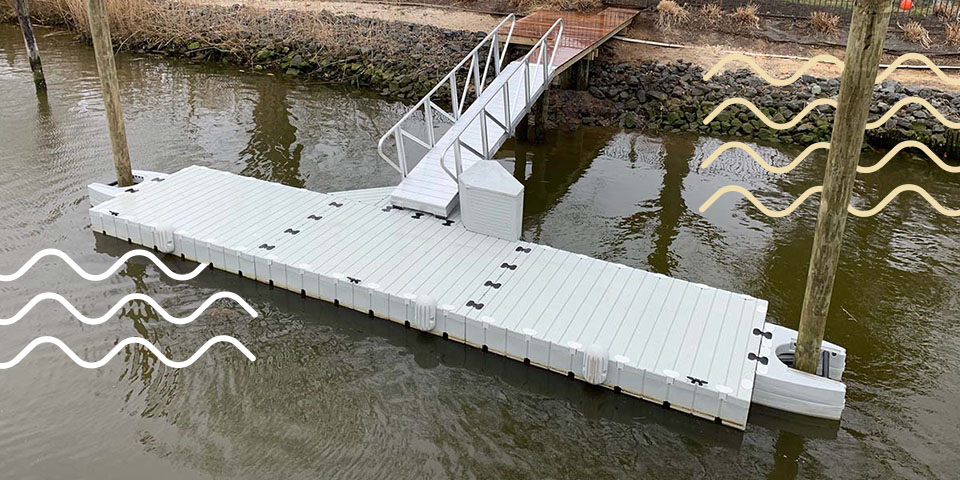Understanding the Importance of Durable Materials for Long-Lasting Dock Pilings
Dock pilings serve as the foundation for many marine structures, including piers, docks, and marinas. They are vital in providing stability and support, as they anchor structures to the seabed or riverbed. Therefore, selecting durable materials for dock pilings is crucial for ensuring the long-term stability and performance of these installations. Understanding the importance of durable materials in dock pilings not only ensures structural integrity but also helps in reducing maintenance costs and extending the lifespan of the structure. One of the key factors in choosing materials for dock pilings is their ability to withstand the harsh marine environment. Docks and piers are constantly exposed to a variety of conditions, including saltwater, fluctuating water levels, tidal forces, and even heavy loads from vessels. These environmental stressors can degrade materials over time, making durability a critical concern. Traditional materials, like wood, are often susceptible to decay, rot, and marine organisms such as shipworms, which can significantly reduce the lifespan of pilings.

Thus, more modern and resilient materials are often preferred in order to withstand these challenges. Corrosion resistance is another vital characteristic to consider when selecting piling materials. Materials like untreated steel can corrode rapidly when exposed to seawater, leading to significant structural damage over time. This corrosion can compromise the integrity of the entire dock or pier, making it unsafe for use. Therefore, using corrosion-resistant materials such as treated steel, concrete, or composites is essential for ensuring that the dock pilings remain sturdy and reliable over the long term. Some advanced materials are specifically designed to resist the effects of both saltwater and freshwater environments, which adds an extra layer of protection. In addition to corrosion resistance, strength and flexibility are essential qualities in materials used for dock pilings. The pilings must be able to support the weight of the dock and the forces generated by waves, tides, and wind.
Materials like reinforced concrete, fiberglass, and certain types of engineered composites offer a combination of strength and flexibility, allowing them to withstand the dynamic forces they are exposed to. These materials can also be reinforced with additional treatments or coatings to further improve their resilience. The importance of using durable materials for hiseadock pilings extends beyond just structural concerns. Long-lasting materials reduce the need for frequent maintenance and repairs, which can be costly and time-consuming. Replacing pilings or repairing structural damage can result in downtime for docks and marinas, affecting businesses and causing disruptions. By investing in high-quality, durable materials upfront, the lifespan of the dock pilings is significantly increased, and overall maintenance costs are reduced. In summary, selecting durable materials for dock pilings is crucial to ensure the stability, safety, and longevity of marine structures. Durability not only ensures that the dock can withstand the harsh marine environment but also reduces long-term maintenance costs and extends the lifespan of the structure.
